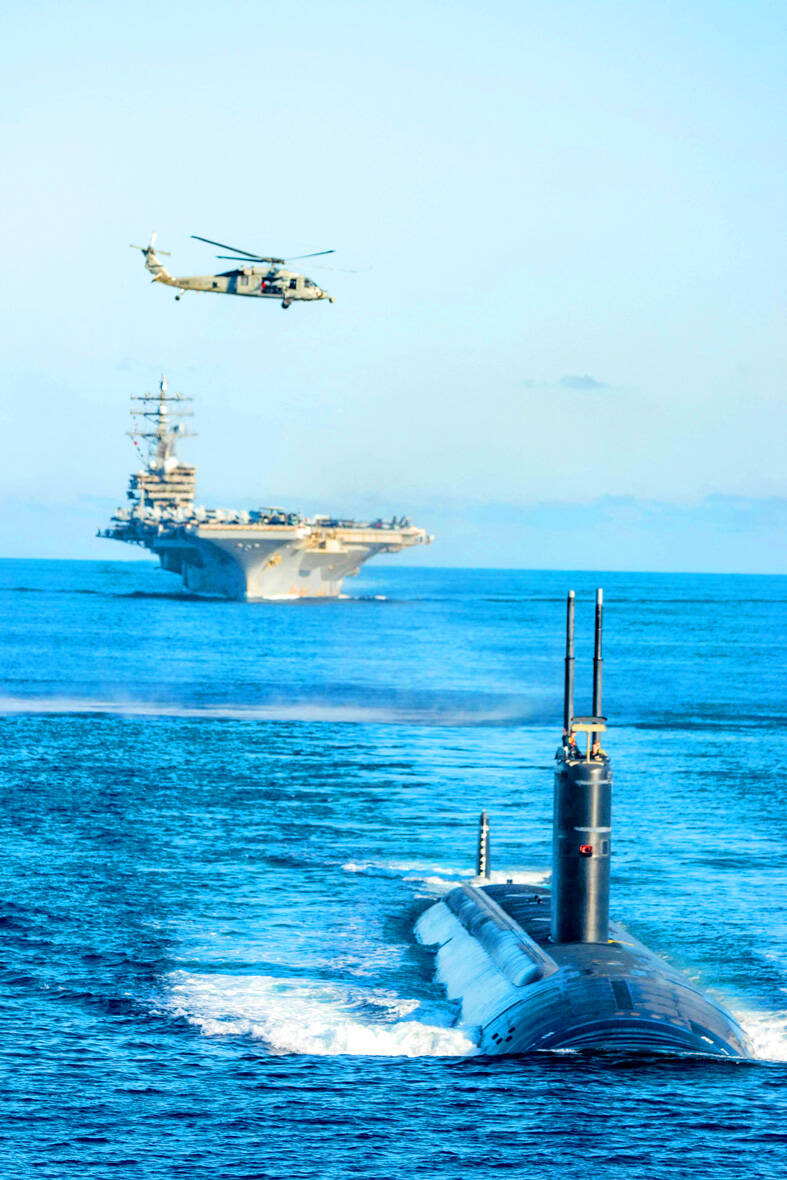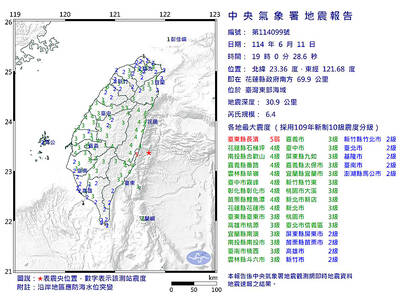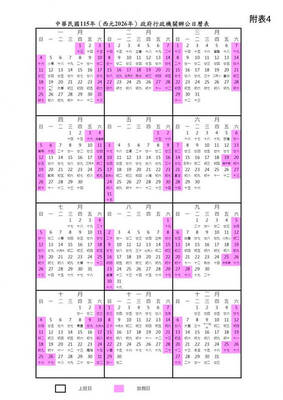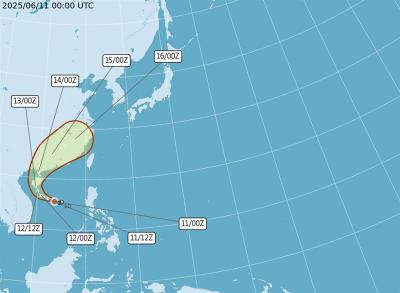The US military is considering modifying its command structure in Japan to better coordinate with the Japan Self-Defense Forces in a Taiwan contingency, the Nikkei Shimbun reported on Saturday.
The National Defense Authorization Act (NDAA) for fiscal year 2024 passed by the US Senate at the end of last month calls for the US secretary of defense to draw up a plan for enhancing US security cooperation with Japan, by coordinating and engaging with the joint headquarters of the Self-Defense Forces. The bill calls for the secretary to provide an analysis of the feasibility and advisability of modifying US command structures in Japan.
The new headquarters, which is expected to launch by March 2025, would oversee operations of all three branches of the Japan Self-Defense Forces, the Nikkei reported.

Photo: AFP / handout / South Korean Ministry of Defense
US President Joe Biden’s administration has begun initial discussions on the modification, people familiar with the matter told Nikkei, which added that the Pentagon declined to comment on the issue.
US House of Representatives Armed Services Committee Vice Chairman Rob Wittman voiced support for the Senate’s provision, saying that more time for operational coordination “sometimes can be the difference between victory and defeat,” the Nikkei reported.
The effectiveness of the coordination between the US and Japan should be constantly examined, he added.
The US command structure in Japan is expected to be one of the issues both chambers must address when they convene to draft a final text of the NDAA in the fall, the newspaper said.
As Japan implements its biggest defense reforms since World War II, the long-standing “sword and shield relationship” between the US and Japan is disappearing, it said.
Japan is acquiring long-range strike capabilities such as Tomahawk cruise missiles, and has indicated that it is more willing to get involved in military operations in defense of Taiwan, it added.
The US needs to establish joint command elements in Japan to avoid overlap in operations and ensure swift actions in a contingency, Japan chair at the Washington-based Center for Strategic and International Studies Christopher Johnstone said.
The US Indo-Pacific Command in Hawaii is in charge of coordinating with the Japan Self-Defense Forces, but remote coordination between Tokyo and Hawaii might be risky as China could disrupt communications with cyberattacks, senior political scientist at the RAND Corp Jeffrey Hornung said.
The US military established a Joint Support Force in Tokyo in 2011 to respond to the tsunami-earthquake and the meltdown of the Fukushima Dai-ichi nuclear power plant, the Nikkei reported.
The force, which was led by the commander of the Pacific Fleet, coordinated day-to-day operations and consulted with the Japanese government on joint responses, it said.
The experience indicated that the US lacked standing joint elements in Japan to facilitate coordination, said James Schoff, a senior director at the Washington-based Sasakawa Peace Foundation USA.
“Valuable time could be lost when responding to a crisis, and it will take a while for all participants to get up to speed,” he said.

A magnitude 6.4 earthquake struck off the coast of Hualien County in eastern Taiwan at 7pm yesterday, the Central Weather Administration (CWA) said. The epicenter of the temblor was at sea, about 69.9km south of Hualien County Hall, at a depth of 30.9km, it said. There were no immediate reports of damage resulting from the quake. The earthquake’s intensity, which gauges the actual effect of a temblor, was highest in Taitung County’s Changbin Township (長濱), where it measured 5 on Taiwan’s seven-tier intensity scale. The quake also measured an intensity of 4 in Hualien, Nantou, Chiayi, Yunlin, Changhua and Miaoli counties, as well as

Taiwan is to have nine extended holidays next year, led by a nine-day Lunar New Year break, the Cabinet announced yesterday. The nine-day Lunar New Year holiday next year matches the length of this year’s holiday, which featured six extended holidays. The increase in extended holidays is due to the Act on the Implementation of Commemorative and Festival Holidays (紀念日及節日實施條例), which was passed early last month with support from the opposition Chinese Nationalist Party (KMT) and Taiwan People’s Party. Under the new act, the day before Lunar New Year’s Eve is also a national holiday, and Labor Day would no longer be limited

The first tropical storm of the year in the western North Pacific, Wutip (蝴蝶), has formed over the South China Sea and is expected to move toward Hainan Island off southern China, the Central Weather Administration (CWA) said today. The agency said a tropical depression over waters near the Paracel and Zhongsha islands strengthened into a tropical storm this morning. The storm had maximum sustained winds near its center of 64.8kph, with peak gusts reaching 90kph, it said. Winds at Beaufort scale level 7 — ranging from 50kph to 61.5kph — extended up to 80km from the center, it added. Forecaster Kuan Hsin-ping

COMMITMENTS: The company had a relatively low renewable ratio at 56 percent and did not have any goal to achieve 100 percent renewable energy, the report said Pegatron Corp ranked the lowest among five major final assembly suppliers in progressing toward Apple Inc’s commitment to be 100 percent carbon neutral by 2030, a Greenpeace East Asia report said yesterday. While Apple has set the goal of using 100 percent renewable energy across its entire business, supply chain and product lifecycle by 2030, carbon emissions from electronics manufacturing are rising globally due to increased energy consumption, it said. Given that carbon emissions from its supply chain accounted for more than half of its total emissions last year, Greenpeace East Asia evaluated the green transition performance of Apple’s five largest final